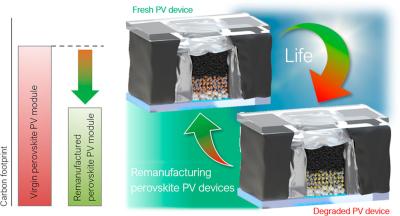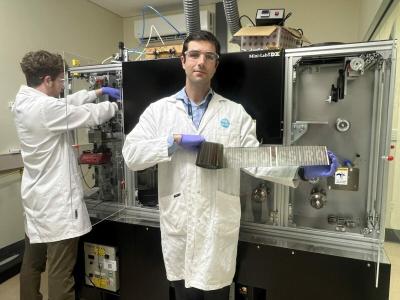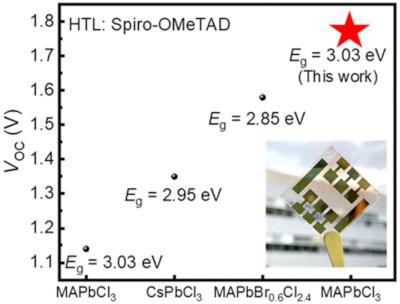Macnica develops a new air quality sensor that uses perovskite solar cells and semi-solid batteries
Macnica, a Technology Solutions Partner that provides products, services, and solutions, has announced a new type of air quality sensor that uses perovskite solar cells and semi-solid batteries. The sensor uses perovskite solar cells from EneCoat Technologies, a startup from Kyoto University.
It was reported that for several years, an indoor perovskite solar cell effectiveness demonstration project has been taking place in the company's office in Tokyo. Through this demonstration project, it was reportedly demonstrated that the technology can become a sustainable energy source in the future, including use under low illumination, and data on various issues was gathered toward the practical application of perovskite solar cells.



